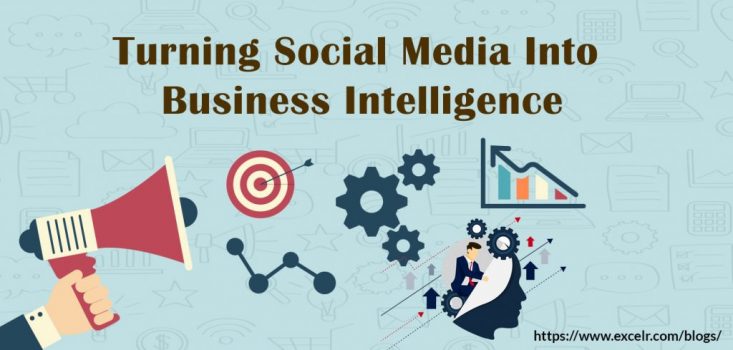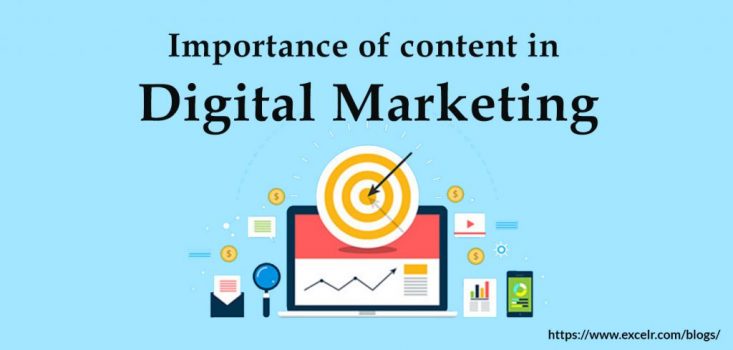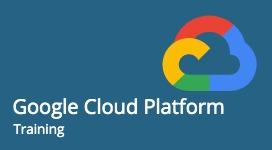Social media and business intelligence are now inseparable. The new reality, as well as new tools for understanding human behavior, has created by the emergence of social media. From marketing to crime prevention, the applications are varying and this phenomenon is still growing. The posts lifetime is only a few hours or few days at the most, till it is replaced by a new post. This rapid succession needs a real-time response; either your window of opportunity closes or seize the moment.
The Social Media Landscape
Striving to harness the power of social media is the variety of environments available, the number of daily active users and the volume of dаta being quickly updated is the first challenges for the organizations. At the finest, displaying the four Vs is the big dаta.
For accurate results, thorough analysis of structural differences and discrepancies between different social media platforms should be considered to be very important. Retrieving business-relevant dаta from reviews is difficult and proposed an analytical framework that can be used with a few modifications for comparing dаta across multiple platforms
Beginning Your Analysis
It is helpful to note its five defining traits when studying information from social media:
-
heterogeneity
-
duplication
-
Semi-structured
-
scale
-
immediacy
According to the information type and the text items filtered by linguistics, semantics, and source; the dаta retrieved by Web-scraping tools from social media must be divided. To determine the prevailing sentiment the information is then combined and can be further filtered by age group, income bracket, gender, and other demographics
Depending on the goal of the organization commissioning the study, social media can answer questions related to the most important vertices in the network (influencers), create clusters of users with common traits, or highlight the perception of a brand by a particular demographic group.
Business Implications
To understand that social media is not about selling is paramount for organizations. Most of the people use social media to keep themselves accountable and as a tool for measuring success; Companies can use these to reach their economic targets as user-specific goals. By using appropriate interests and demographic/sociographic determinants, their marketing representatives just need to filter leads correctly.
Individual communication and companies broadcast to general crowds were mainly one on one before social media. Depending on their number of connections, popularity, content, and even the hour, when individual users post the ideas could develop into a phenomenon or even a conversation when individual users post. Many posts are not seen or commented on at all at the other extreme.
Companies can understand what makes viral content by looking at the patterns of these types of online interactions and to end up in the Internet’s basement. Companies can tell whether anyone is viewing or interacting with their content and also target specific content to specific groups.
Speak Directly to Your Customers
Social media offers a glimpse into potential clients’ lives, the clans they identify with, goals, and desires as well. Web-scraping requires employing big dаta analysis tools makes sense of information retrieved from social media By precisely striking the sensitive chords of your target audience and speaking their language can help you advertise more accurately which includes the findings in your BI tools. Think of your customer’s private life before peeking into their posts. However, users detect a company’s fake tone much as they do with friends, and the tone must be genuine and consistent.











